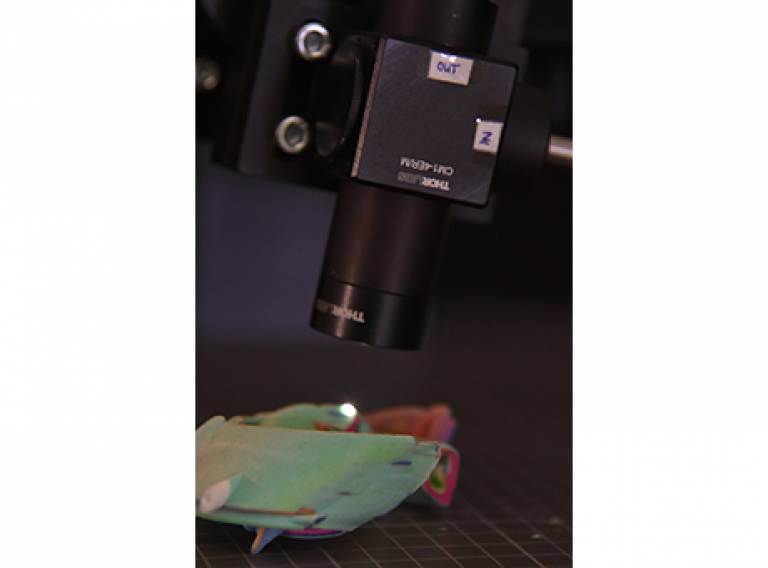Physics World features ISH research
26 May 2016

In the latest feature article published in the May 2016 issue of Physics World, Research Assistant and SEAHA Doctoral Student Carolien Coon described how the properties of nanoparticles have been used since antiquity to produce beautiful wares such as the Lycurgus cup and lusterware. The properties of nano-particles have been successfully applied in conserving treasures from the Romans to the Renaissance, thanks to pioneering conservation work following the Florence floods of 1966.
However, today we face similar challenges if not bigger with the conservation of our modern cultural heritage, a large portion of which is embodied in plastics and other modern ephemeral materials such as bic pens and modern paints. The EC Horizon 2020 Nanorestart project addresses these challenges by applying nanotechnology for the cleaning and protection of modern artefacts for which there are no clear conservation strategies. Current research conducted at UCL ISH by Dr Katherine Curran and Mark Kearney into “plastic breathalyzers” for detecting the onset of autocatalytic degradation and malignant plastics are touched upon, as well as Prof Matija Strlic and Carolien Coon’s research into the conservation of Rapid Prototypes, which have proven to be chemically unstable, posing a conservation nightmare in the very near future.
To view the digital version of the article visit the Physics World website.
Image caption: Microfading to assess photostability of a Rapid Prototype artwork by Tom Lomax.
 Close
Close

